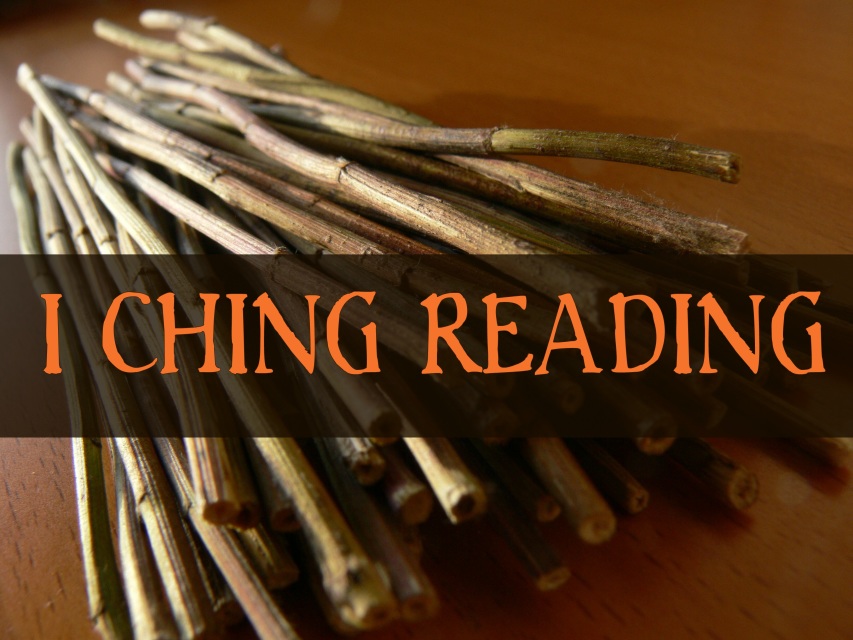
The way the amino acids are formed and combined to create the helix spiral of our DNA also parallels the mathematical combinations required to create a six lined hexagram of the I Ching. One may mathematically generate the DNA codes from the principle of existence.ĭNA is written in words of 3 letters out of 4 possible letters, that makes 4x4x4, or 64 possible words in the entire dictionary of DNA language, called codons.These letters are in a single long molecule, but are grouped in threes, and that means the possible combinations along that DNA molecule are: DNA is made of 4 little sub-molecules called A and T (or U in RNA), and C and G. The I Ching, DNA genetic code, and the fractal geometry model are all just different representations of the same fundamental structure. He lived in China for many years in the early 1900’s translating the I Ching from Mandarin to German.

Even Confucius said that if he had fifty years to spare, he would devote them to the I Ching.īelow is the life story of Richard Wilhelm. And I’m pretty sure I will always be a beginner student when it comes to this ancient classic. I still consider myself a total beginner student even though I’ve been involved with the book for close to 40 years now. It was my constant companion for 10 years where I consulted its wisdom for the majority of that time daily. I am thankful that I was introduced to the I Ching at an early age by Arnold Bud Ihlen, as it helped immensely growing up in a dysfunctional family, where great turmoil was norm. It wouldn’t be for many more years when I became interested in psychology that I realized who wrote the foreword for this version of the I Ching: none other than the famous Swiss psychiatrist/ psychotherapist and former prodigy of Sigmund Freud himself, Dr. For me it was more about being open minded, allowing ancient wisdom to connect with my Inner Truth helping me make wiser choices along my life’s journey… which was always changing.įor many years I studied this ancient Chinese classic rendered into German by Richard Wilhelm and then into English by Gary F. I (Terry) never looked at the I Ching as a book that could tell me my future such as a fortuneteller would. The book is also known at The Book of Changes as the future is seen as continually changing. In some sense, the book has been known to help prepare you in gaining awareness of possible outcomes to a given set of current circumstances and course of action you might take, thus helping to increase awareness and make wiser decisions. They can be used to guide the consulting individual in any given situation. The 64 possible hexagrams are assigned meanings in the I Ching. Each method’s end result will conclude in the forming of a hexagram, composed of broken (yin) lines and unbroken (yang) lines. The oldest method and longest in procedure is the throwing of yarrow stalks.


Another is to use select number of marbles. One method and the most modern is to toss three coins. There are different methods in which you can consult the I Ching. The analysis of the interaction of these forces is used as a tool for divination that is, as a source of guidance. Fu Xi was one of the 1st rulers of Ancient China prior to the Han.Įssentially, the universe is regarded as influenced by the opposite forces of yin and yang - male and female, light and dark, hard and soft. It is said to date back to Fu Xi 2800BCE-2737BCE. Influenced by Taoist and Confucian philosophy, and older that the Bible, it is thought to be one of the oldest books in the world. The I Ching (Yijing), also known as the Classic of Changes or Book of Changes in English, is an ancient divination text and the oldest of the Chinese classics. With a selection of lyrical color landscape photographs by the author, this is a unique, and uniquely accessible, presentation of the Tao Te Ching. And Hoff's chapter notes shed new light on the author's surprisingly modern viewpoint. Hoff also makes the provocative claim-and demonstrates by revealing clues in the text-that the Tao Te Ching 's author was a young nobleman hiding his identity, rather than the long-alleged author, the "Old Master" of legend, Lao-tzu. Hoff points out in his chapter notes the many incidents of meddling and muddling that have been made over the centuries by scholars and copyists, and he corrects the mistakes and removes such tampering from the text.

The Eternal Tao Te Ching is the first translation to employ the meanings of the pre-writing brush characters in use 2,400 years ago, when the classic was written, rather than relying on the often-different meanings of the more modern brush characters, as other translations have done. From Benjamin Hoff, author of The Tao of Pooh and The Te of Piglet, which have sold millions of copies worldwide, comes The Eternal Tao Te Ching, a new translation of the Chinese philosophical classic, the Tao Te Ching.


 0 kommentar(er)
0 kommentar(er)
